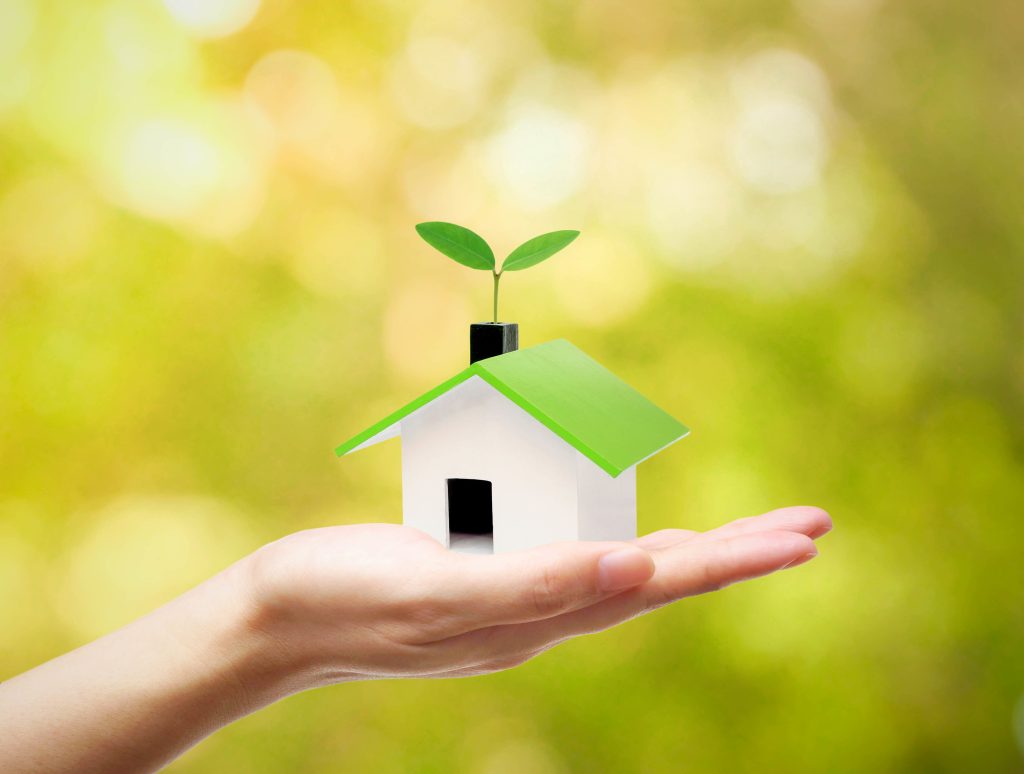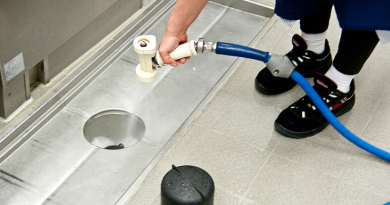A Homeowner’s Guide to Creating a More Eco-Friendly House
Did you know an average home emits 21% of carbon emissions worldwide?
While many people reduce their carbon footprint to help the environment, most aren’t sure how to start. From recycling to buying products made from sustainable materials, there are countless ways to help.
The most important thing you can do for the environment is to make your home more eco-friendly. Using natural products, upgrade your home to make it more environmentally friendly. It might seem challenging, but it doesn’t need to be complicated.
Here are some things you can do to create an eco-friendly house.
Contents
What Is an Eco-Friendly House?
An eco-friendly house is designed to reduce environmental impacts. But by doing so, still providing a comfortable, healthy living space.
This includes using sustainable timber, bamboo, recycled steel, etc. This could include energy-efficient lighting, appliances, insulation, and water-efficient fittings and fixtures inside the home.
Alternatively, renewable energy, such as solar or wind power, can generate electricity. Eco-friendly homes also typically have improved cross-ventilation for better air circulation and other features such as water collection systems for water conservation.
Sustainable Building Materials for Home Construction
Sustainable building materials are not only great for the environment, but they can also benefit one’s wallet. Sustainable materials like bamboo, stone, and cork are long-lasting. They also need minimal maintenance and can help reduce energy costs.
Cork, for example, is an ideal material for insulation due to its breathability and warmth. Bamboo is an excellent choice for flooring and furniture. This is due to its strength and look.
Stone is an ideal material to use for fireplaces and walls. This is due to its durability, thermal stability, and ability. Stone can also withstand temperature changes and repel moisture.
Homeowners should research sustainable materials when selecting suitable materials for their homes. When it is time to remodel or build a new house, you must consider eco-friendly options. It is both good for the environment and creates a beautiful and well-insulated home.
Ways to Decrease Water and Energy Consumption
We can all contribute to a going green lifestyle by making simple adjustments. This includes reducing both water and energy consumption.
Simple and cost-effective changes can include upgrading outdated appliances and installing water-saving showerheads. Additionally, investing in energy-efficient light bulbs like LED is highly effective.
Shorter showers and managing water pressure can help reduce water usage. Turning off lights and unplugging unused devices is another way to save energy.
We can also save energy by using less air-conditioning. If the heat is manageable, use fans instead of air-conditioning. Another way to save energy consumption is switching to solar power.
Incorporating Greener Technologies into Your Home
Creating an eco-friendly house is an innovative and responsible initiative. It is a way to help the environment and save money on energy bills. Greener technologies in your home can help make a more sustainable and energy-efficient house.
To get started, assess how much energy you are currently using. Identify the main areas where you can improve. Install energy-efficient windows and insulation to keep heating and cooling costs low.
Consider using low-energy lighting fixtures, such as LED bulbs and solar panels. Another way to reduce energy usage is to invest in energy-saving appliances.
Lastly, invest in Energy Star-certified appliances. This includes washers, dryers, dishwashers, and other household items with efficient power ratings. Creating an eco-friendly home is achievable with a bit of research and dedication.
Want to know more about solar panels? Check it out; click the link now.
Reducing Waste: Tools for Achieving Zero-Waste Living
Zero-waste living is an important concept when it comes to reducing waste. Reducing waste tools are a great way to achieve this type of lifestyle.
These tools include reusable shopping bags, food storage containers, and glass jars for storing food. Moreover, zero-waste living includes composting, investing in energy-efficient appliances, and avoiding single-use plastic.
To maximize efforts, look for local farmers. You can buy in bulk, repair and reuse items wherever possible, and donate items in good condition.
Move towards a zero-waste lifestyle. You can reduce environmental impact and contribute to a healthier planet.
Swapping Out Harmful Products for More Sustainable Solutions
We can reduce toxic waste by replacing products that hurt the environment, like plastic. Disposable items and chemicals can be exchanged for more natural, sustainable options.
This will ensure that our future generations can enjoy the same environment. Sustainable options may include eco-friendly items like bamboo plates, natural cleaning products, and cloth bags.
By making the switch, we can reduce the number of toxins released into our air and water. We are protecting the planet’s natural resources and reducing the waste we produce.
This means making an effort to make these small changes to our shopping habits. We can help ensure the next generation’s health for years to come.
Incorporate Recycling Into Your Home
Recycling is an integral part of keeping our planet. It helps our environment to stay healthy and preserve resources for the future. Incorporating it into the home is one of the best ways to reduce waste.
Start by separating your trash into recyclable and non-recyclable materials. By doing this, you can send your recyclables to a proper dumpsite. If a curbside recycling program is available in your area, use it to make the process even easier.
Store your recyclables in designated color-coded bins. Educate your family on recyclable materials and how to sort them.
Look for creative ways to reuse and repurpose materials. This will help lessen the trash in landfills.
Finally, set an excellent example by advocating for more responsible consumption. Help the community by participating in local clean-up efforts.
Small steps like these can help keep our planet safe and healthy for future generations.
These Tips Will Create a More Eco-Friendly House
Take advantage of the easy steps in this guide to create a more eco-friendly house. From simple changes like using LED lights to installing solar panels, this guide will help reduce emissions and save energy.
Be responsible, and together, we can make a difference. Try out a few of these simple practices to start reducing your carbon footprint today.
Did this guide help you? Want to learn more new topics? Visit our other blog posts to see how we can help you.




